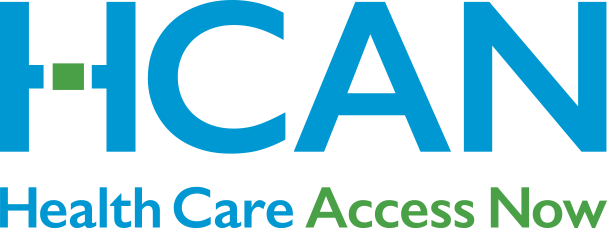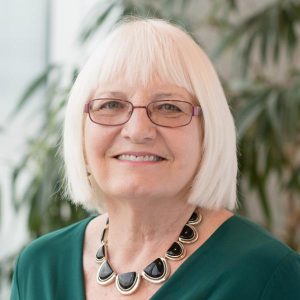School-Based Health Centers in Cincinnati: An invaluable asset

It can be very difficult to find a pediatrician who accepts Medicaid. So says Francie Wolgin, who serves as Executive Director for Growing Well, a nonprofit that works with regional School-Based Health Centers (SBHCs) in Southwest Ohio. “They don’t actively seek to cover these children because they lose money on every case they see,” she says.
That means many children from low-income families—those most likely to be negatively affected by social determinants of health, such as lack of nutritious food or suitable housing—don’t have access to regular health care. That’s where SBHCs come in.
Nurse practitioners associated with a Federally Qualified Health Center (FQHC) or hospital provide services to students. If an SBHC has a separate entrance, it can also provide services to community members (primarily children). Most services are billed to Medicaid by the primary care provider, a process that allows SBHCs to operate independently from the school.
The overarching goal of SBHCs is to bring about “health parity between students in all school districts,” Wolgin says. Nurse practitioners ideally see children during non-core classes, after school, and during lunch periods to provide “the majority of basic primary care.”
Services include preventive care, immunizations, check-ups and physicals, chronic disease (such as ADHD and diabetes) management, treating issues such as minor injuries or infections, assessing acute dental problems—and more.
What SBHCs can do
The impact of SBHCs is incredible. National research on the effects of SBHCs show improved mental health outcomes and nutrition, lower rates of absenteeism and fewer disciplinary referrals, as well as improved grades. The Connecticut Association of SBHCs “found a 31% decrease in course failure among the…students who received services.”
SBHCs help reduce the rate of chronic absenteeism among students—and help keep parents from having to call out from work. Wolgin tells the story of one mother whose child has asthma. “She said she would lose her job if she took time off every time he had to go for treatments.” To keep guardians fully informed, nurse practitioners call when their children have been seen in the center.
Expanding care to the region
Wolgin spent two decades working with Interact for Health in Community Health Development and SBHCs, “focused on expanding primary care, dental, and vision to the region.” Though technically retired, she still helps SBHCs with problem-solving through Growing Well.
Interact for Health has funded the majority of SBHC start-ups in the region and provides a planning grant and technical support to SBHCs’ medical partners. It also helps connect schools with potential collaborators, particularly when doing so can advance additional services, such as dental or vision. “We have more vision centers in our region than probably [any other SBHC region in the U.S.] Right now, there are seven.”
The resolution of vision problems can make a profound difference for students. For example, “[There was] a little girl who needed glasses and did not know it,” Wolgin says. Once her vision was corrected, “she started doing well in class. After a few months, she no longer needed an IEP [Individualized Education Program].”
Up to baseline
Although the COVID-19 pandemic affected all SBHCs, with initial closures and reassignment of nurse practitioners to hospitals or other positions within FQHCs, Wolgin says they’re “back on track.” SBHCs now provide COVID testing in addition to their many other services.
The nurse practitioners who run these centers can sometimes see 15-20 patients per day. Many of them organize health events related to stress relief, anti-bullying, and more. For example, a nurse practitioner at Sayler Park got funding for and distributed bicycle helmets. She also writes a column for the school newsletter. “It touches my heart to see the kind of projects they do,” says Wolgin. “There’s not an expectation that you’ll [do more than see patients].”
Health Care Access Now trains and dispatches Community Health Workers to visit clients in low-income and marginalized communities to provide support and education related to issues affecting their health. The Maternal and Child Health Care Coordination program focuses on achieving healthy birth outcomes and postpartum care.
SBHCs fill a gap by helping “kids at risk covered by Medicaid who [would otherwise] get less-than-adequate care. It brings them up to a baseline with other students who do have access to care. It’s about equity. There are so many things going on in the lives of these kids. SBHCs teach children how to manage care, make appointments, and take care of themselves going forward.” As Wolgin says, “They’re an invaluable asset.”







